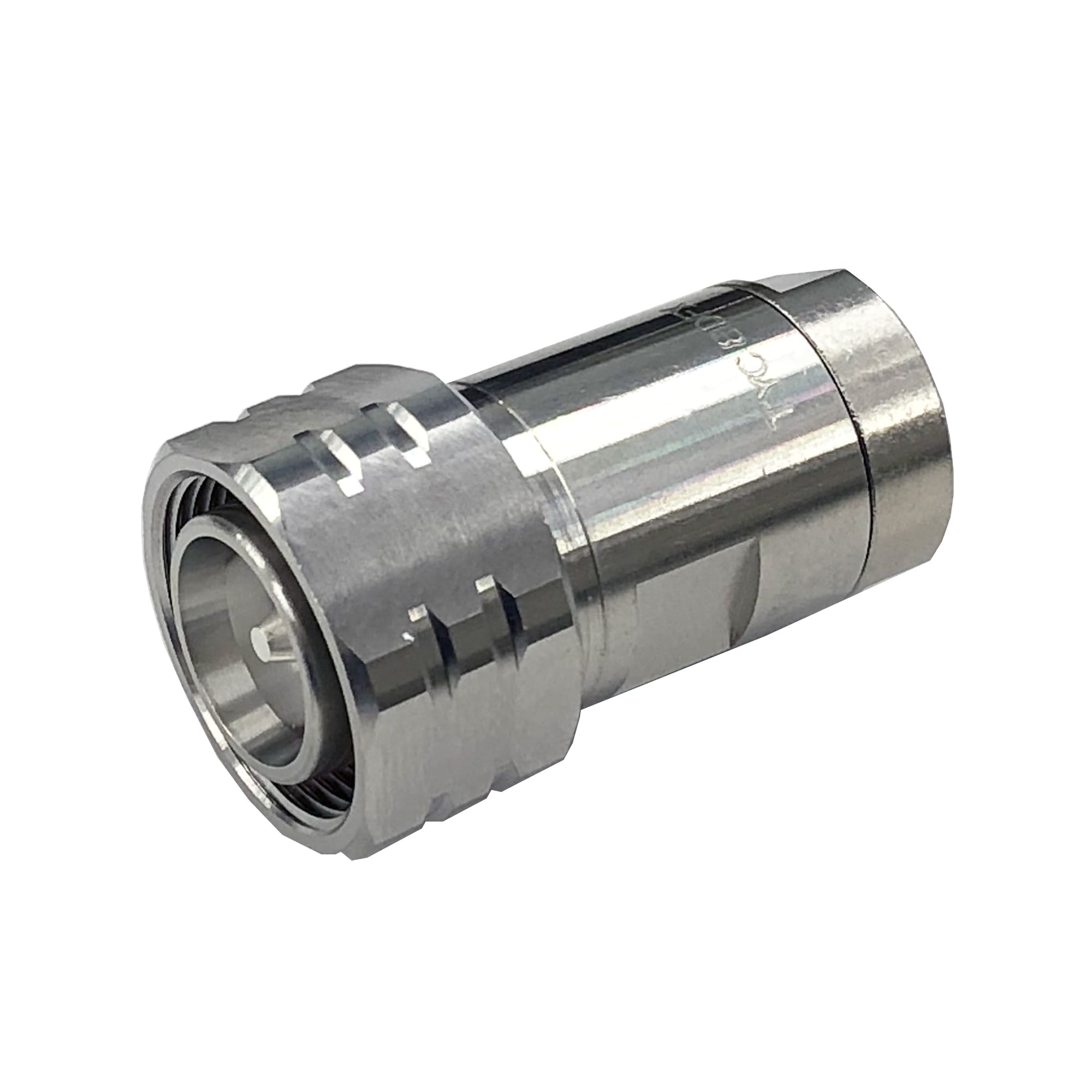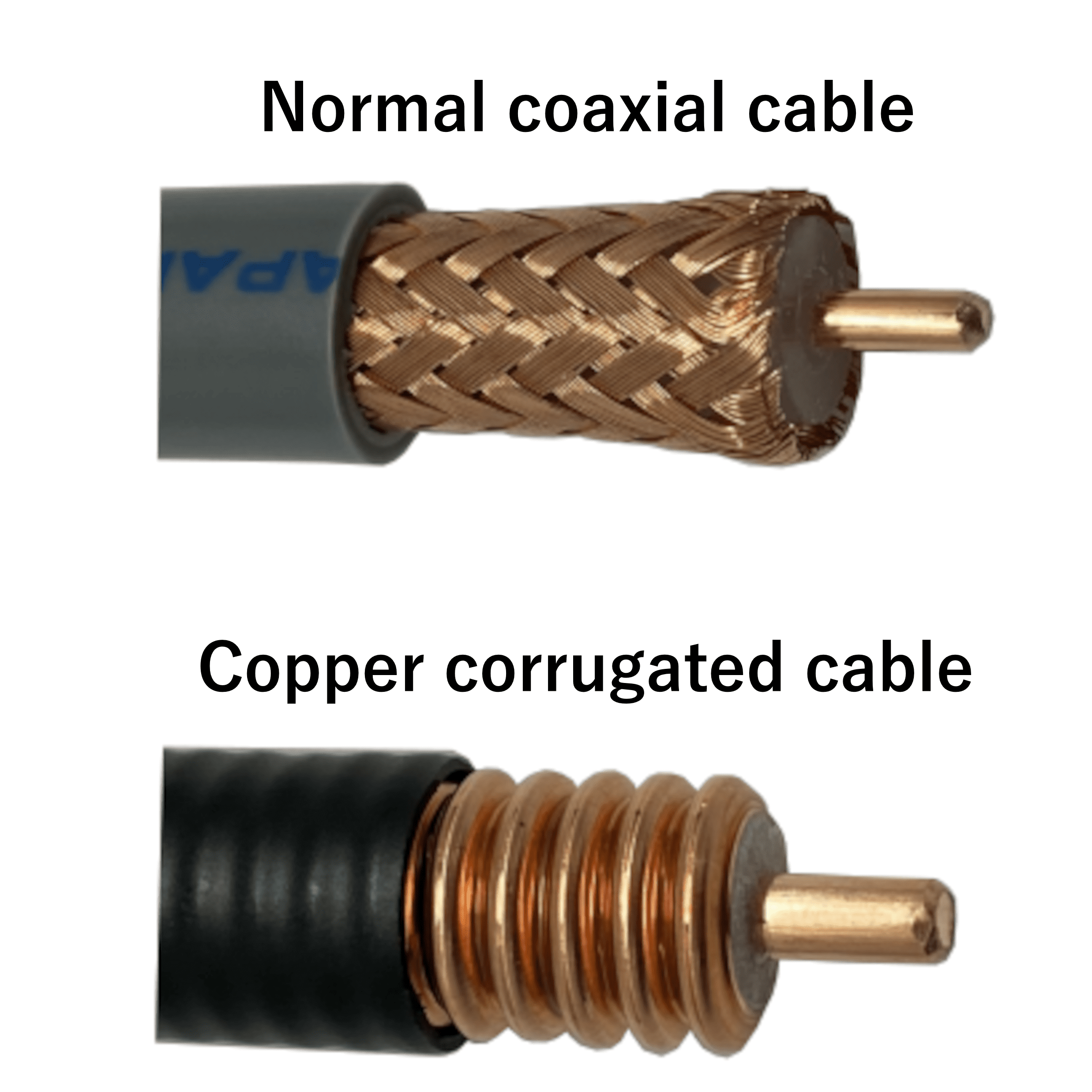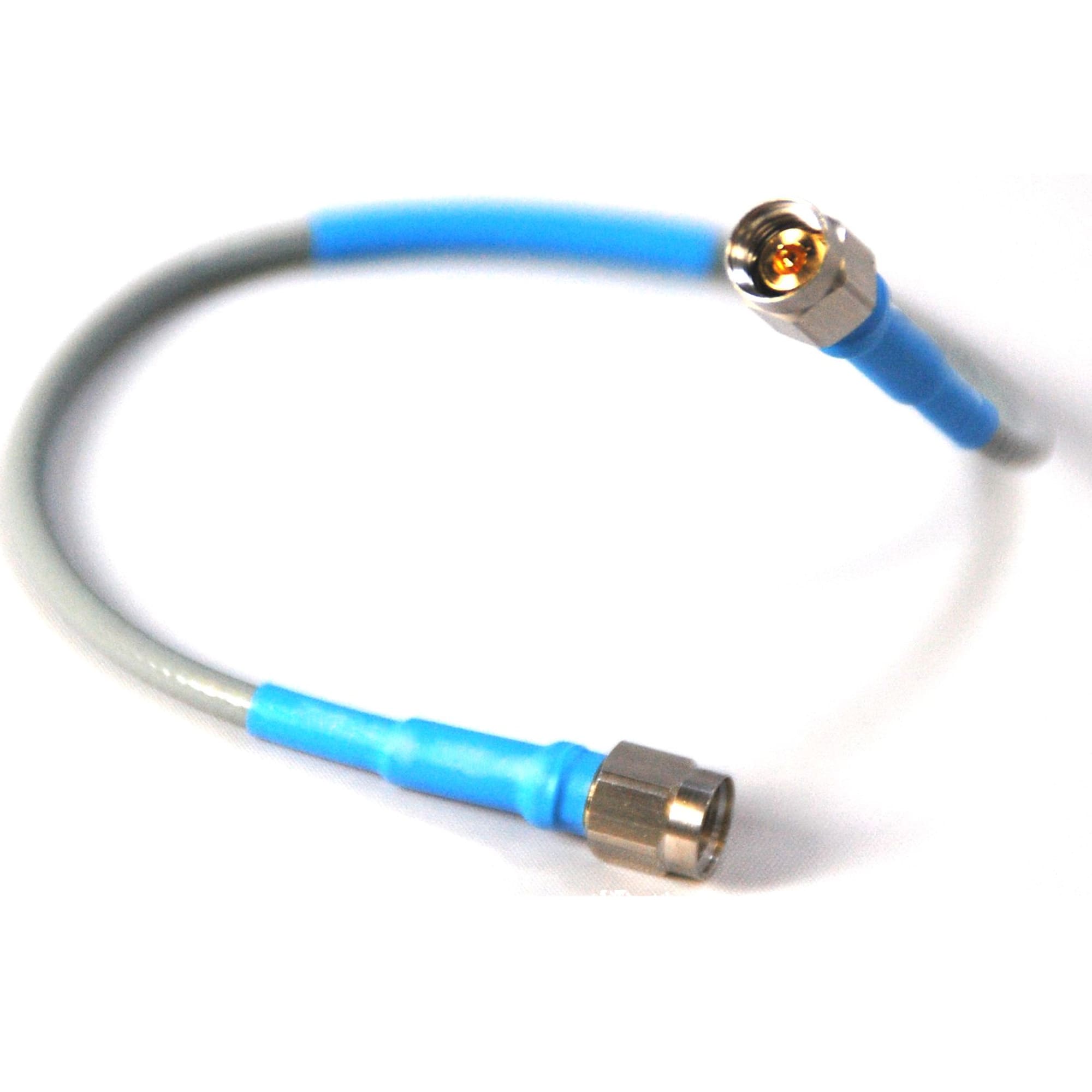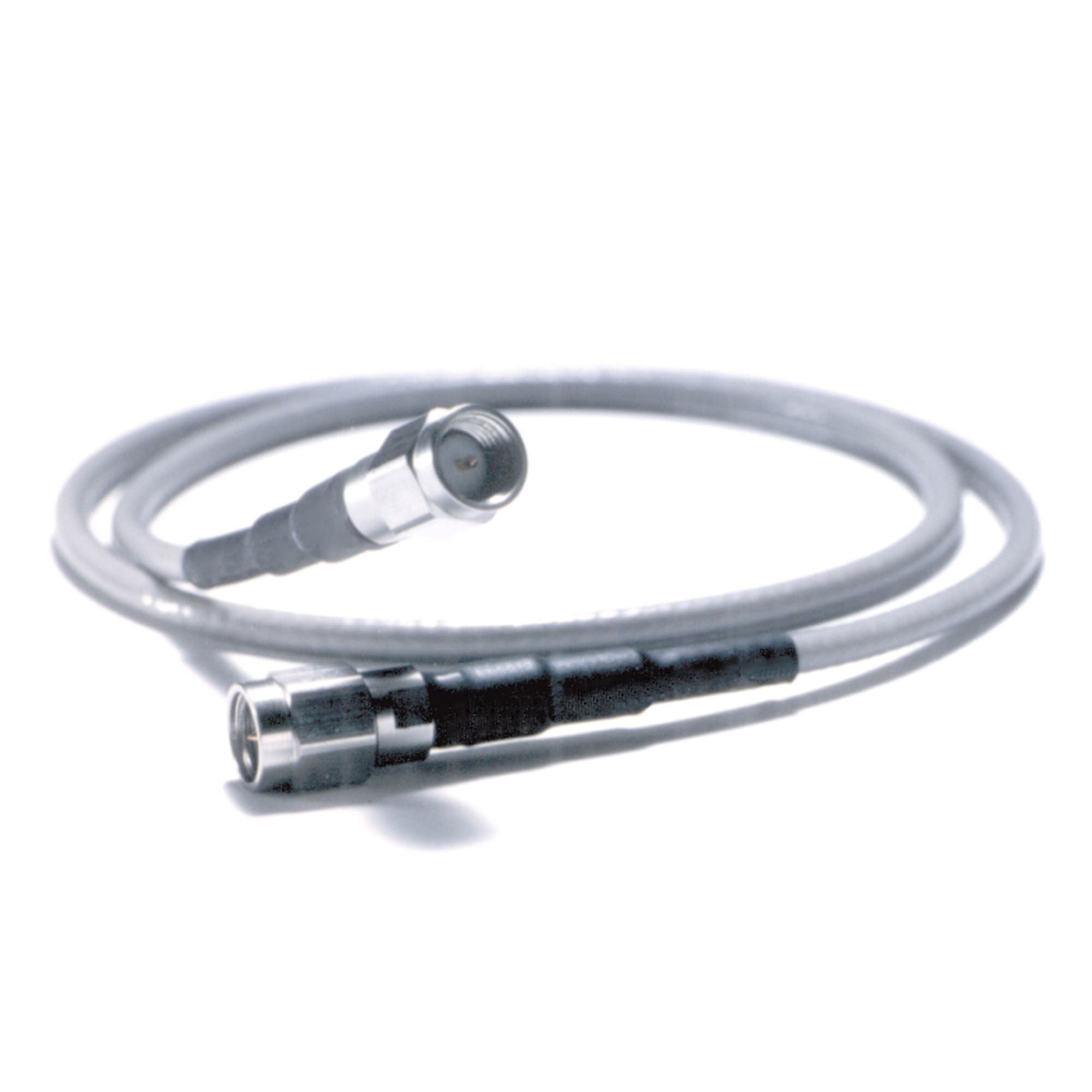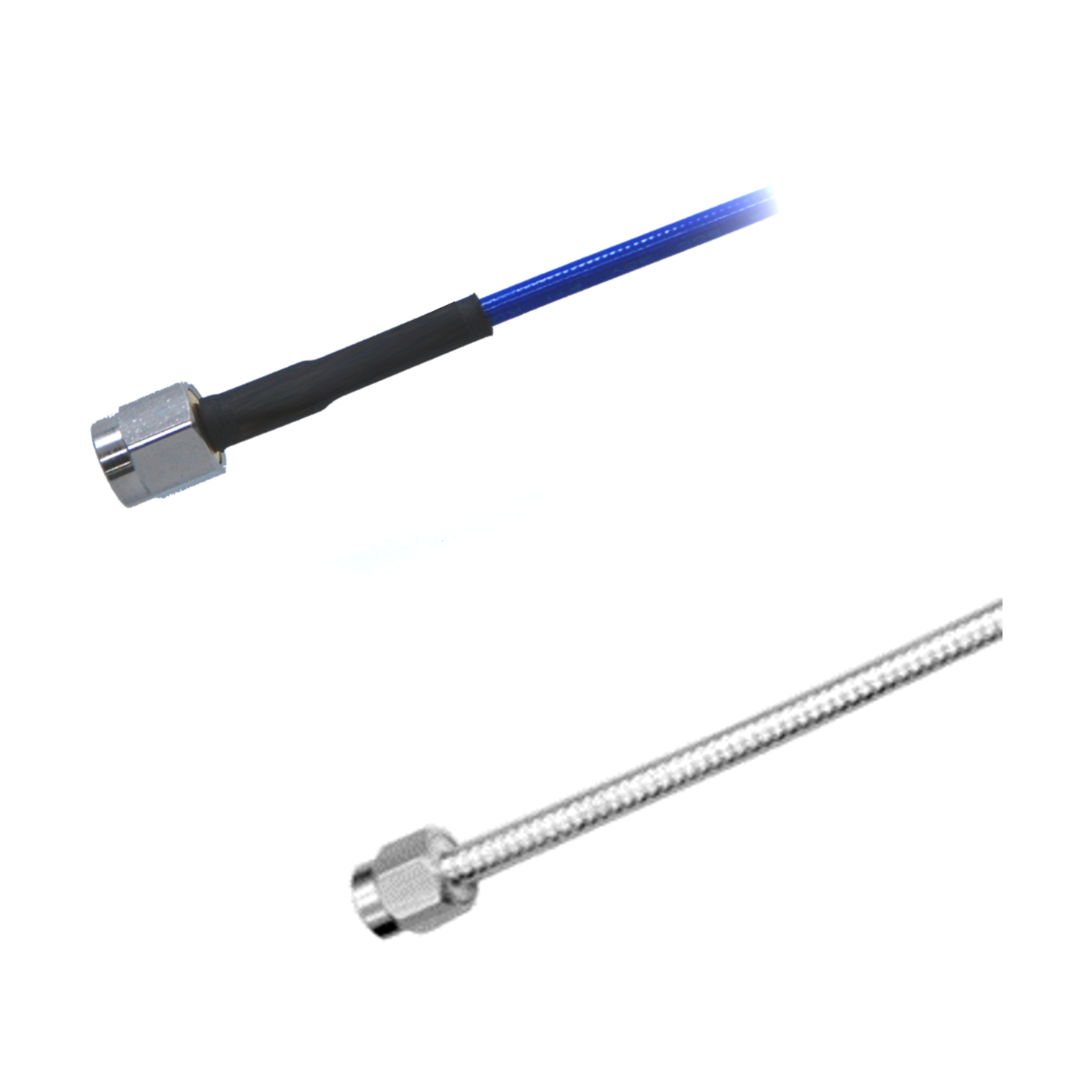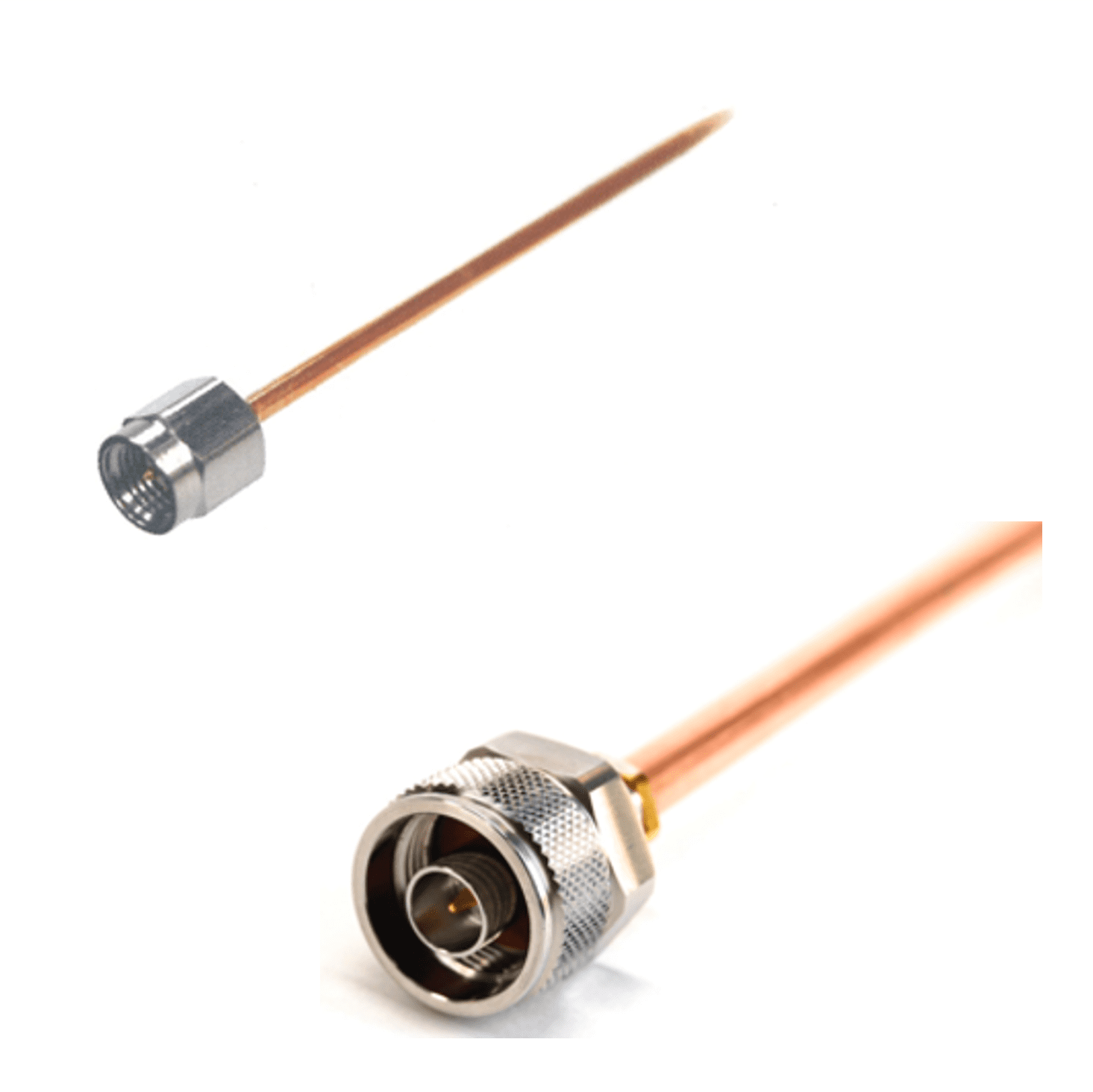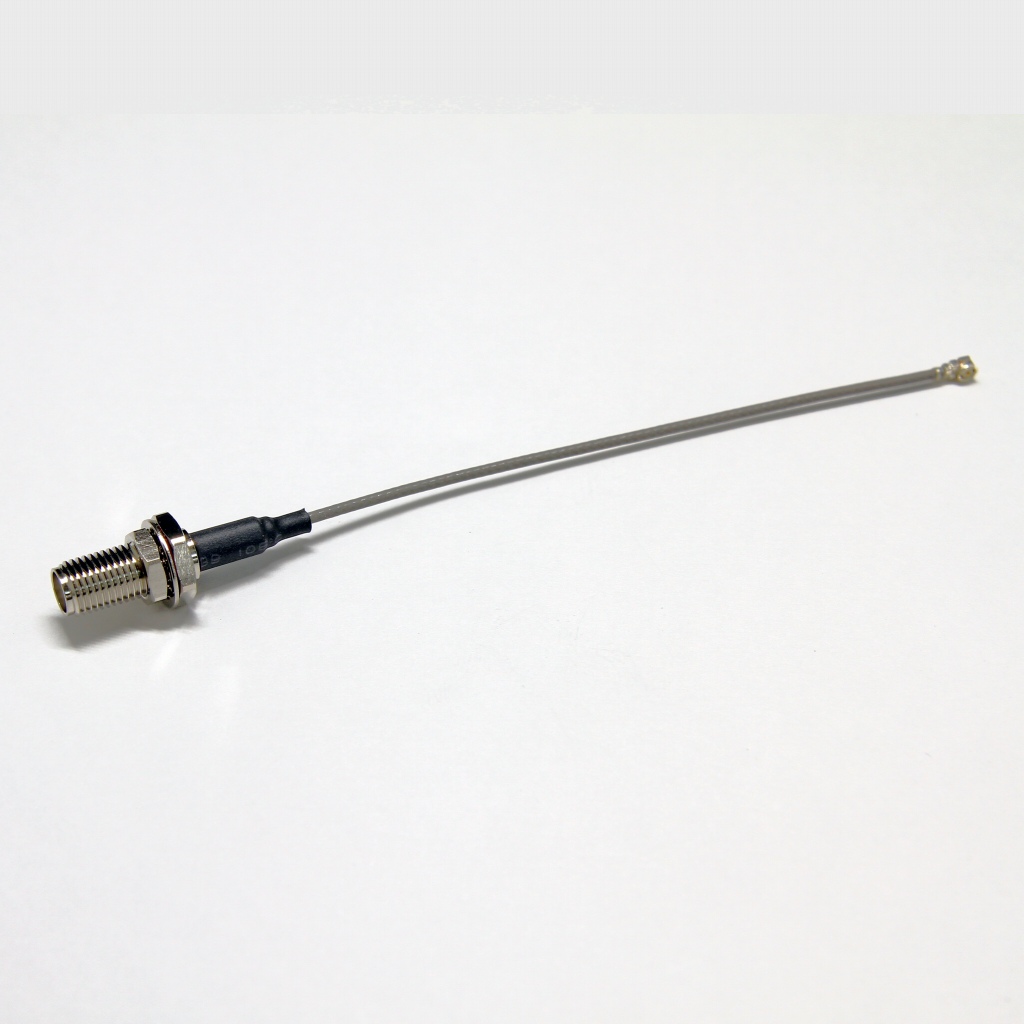What is a coaxial cable
Coaxial cable is a type of sheathed wire used in telecommunications.
Used for high frequency products.
Features include unbalanced connection, little leakage of electromagnetic waves to the outside, and a certain degree of flexibility.
In addition, if the characteristic impedance is not specified, it may be distinguished from "coaxial cable" as "shielded wire".
There are multiple types of connectors used in combination with coaxial cables, depending on the frequency band used and impedance characteris.
Basic structure of coaxial cable
The cross section is circular and generally consists of the following four layers from the center.
Inner conductor : Copper wire located in the center. A copper wire that carries electrical signals.
Insulator : A layer of insulation that surrounds the inner conductor.
Outer Conductor : A braid, braid that surrounds the outside of the insulator.It plays the role of a ground/earth during transmission, and has a shielding effect that prevents signal leakage to the outside and radio waves from entering from the outside.
Outer Covering : Jacket also known as vinyl/protective covering. A protective cover that exists on the outside of a coaxial cable.
If the characteristic impedance is not specified, it is called "shielded wire" and is sometimes distinguished from "coaxial cable".
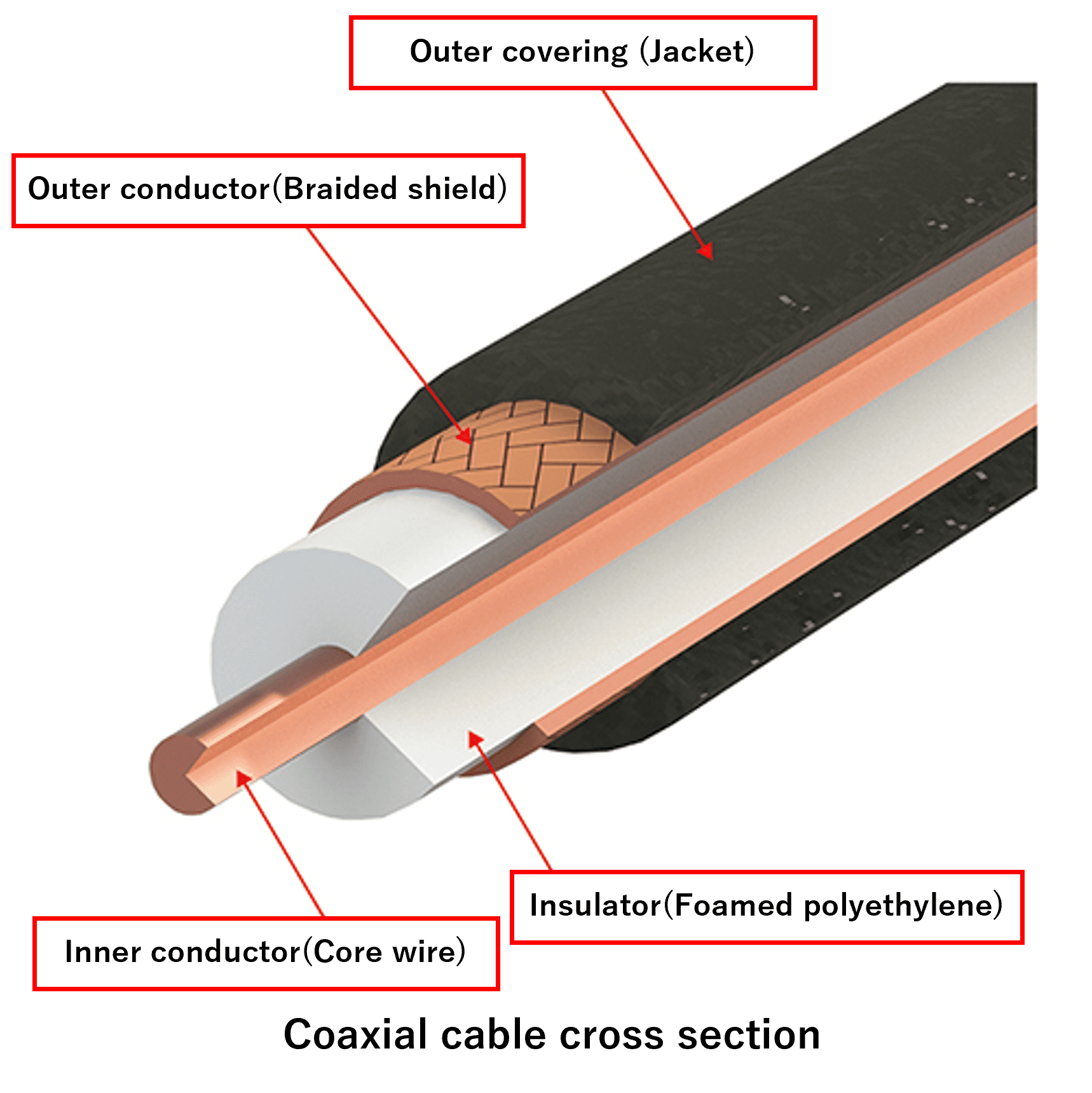
Trivia : Cable type
A seamless metal tube is desirable for the outer conductor, but it is difficult to bend. Braided copper wires have worse leakage characteristics than metal pipes, so there are cables that improve leakage characteristics by making braided copper wires into a double structure or wrapping aluminum foil or copper foil on the insulation.
What is a coaxial connector
Coaxial connector is a part for connecting a coaxial cable and a device (electric appliance).
Used for high frequency products.
The shape of the connector is determined by international standards, and different manufacturers can connect the same type of connector.
The connection part has a male and female shape, and they are called a plug (male) and a jack (female) respectively.
Electrical signal flow
The following must be in contact during installation.
"Inner conductor of coaxial cable" and "Center contact of coaxial connector"
"Coaxial cable outer conductor" and "Coaxial connector body"
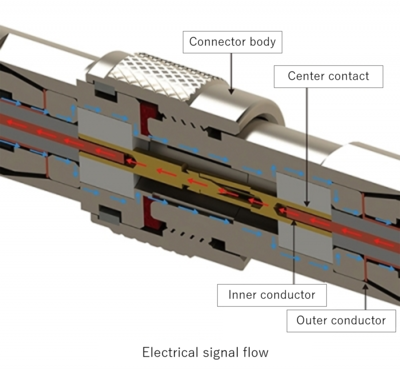
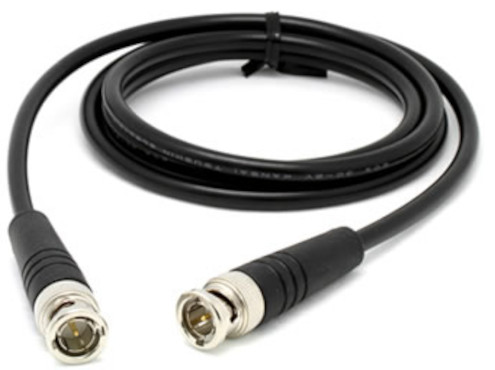
Features of coaxial cable
Unlike shielded wires, the characteristic impedance and attenuation are guaranteed, and the operating frequency characteristics are generally 1MHz to 2GHz.
They are durable, easy to install, and designed to transmit signals over long distances.
Network equipment, electronic measuring instruments, broadcasting and video distribution, mobile communication base stations, etc.
It is used in a wide variety of ways, mainly as a cable for transmitting high-frequency signals.
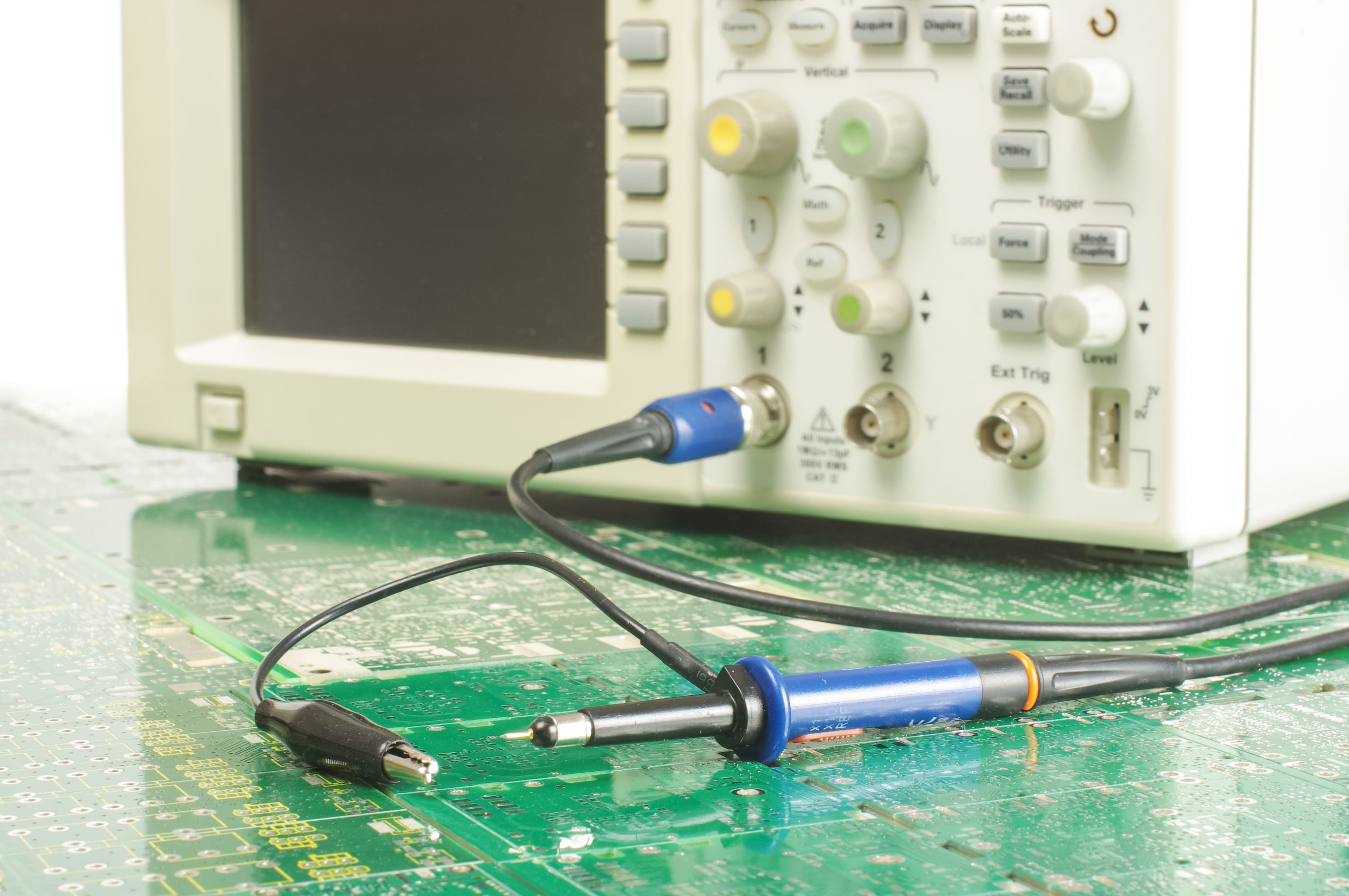

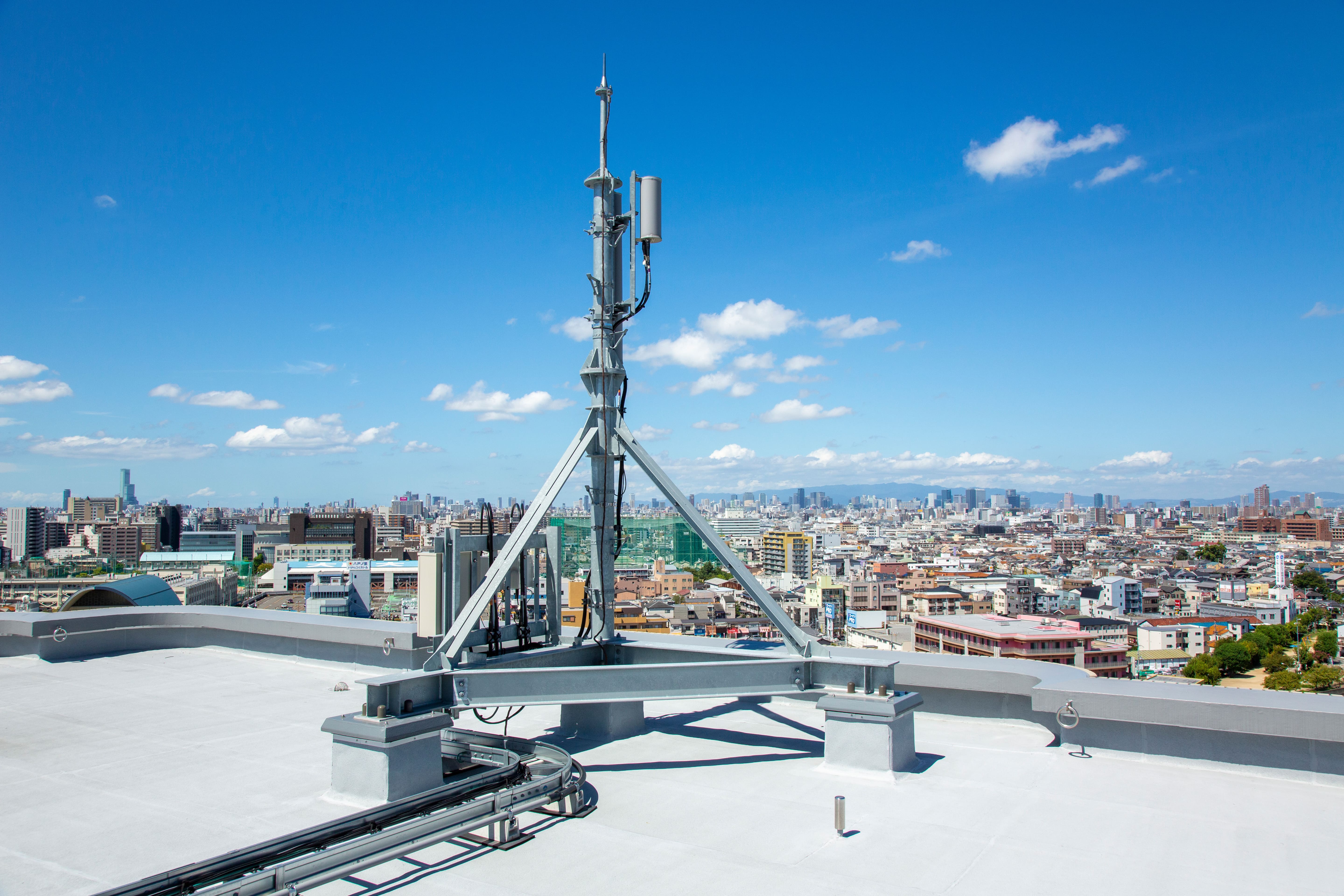
Trivia : Bending radius
Coaxial cable is somewhat flexible, but there is a minimum radius within which the cable can successfully transmit a signal.
If the radius of the cable is less than the bend radius set for each cable, the signal will not be transferred correctly.
The bending radius is often expressed as R (bending radius).
Type of coaxial cable
There are various types of coaxial cables, depending on the application. Below is a list of representative examples.
JIS standard
Japanese industrial standard cable. As the number at the head goes up, it becomes thicker, D: 50Ω, C: 75Ω, representing impedance.
Example)
5D-2V
5:Insulator outer diameter (the larger the number, the thicker the cable)
D:Characteristic impedance symbol (D: 50Ω, C: 75Ω)
2:Insulator symbol (2: PE full insulation, QE: polyethylene, etc.)
V:Shape symbol for outer conductor/sheath (V: single braid/vinyl, W: double braid/vinyl, T: triple braid/vinyl, etc.)
Trivia : Coaxial cable impedance
The impedance of coaxial cable is like resistance to alternating current, and 50Ω and 75Ω are common.
50Ω is mainly for power transmission of wireless devices, etc., and 75Ω is mainly for video/audio signal transmission of TV receivers, etc.
In the case of JIS standards, a product name with "D" is 50Ω (3D-2V, 5D-2V, etc.), and a product name with "C" is 75Ω (3C-2V, 5C-2V, etc.).
It is preferable to match the coaxial connector by matching the impedance.
The background to the above two types becoming common is as follows.
・Air was initially used for the cable insulator, and the optimum (low loss) conductor diameter ratio (outer conductor inner diameter / inner conductor outer diameter) was about 75Ω.
· Since polyethylene was mainly used for cable insulation, the optimum conductor diameter ratio was about 50Ω.
MIL standard
U.S. military procured material standard cable. Starting with "RG (Radio Guide)", it is also called Mil-spec.
Example)
RG-58A/U
RG:Radio Guide(There is also a theory that it is an abbreviation for Radio frequency coaxial cable General purpose)
58:Model number (Because it is assigned in order of enactment, it is not in order of thickness like JIS standards)
A :Assigned symbols (standard change symbols are assigned in alphabetical order such as A to C)
U :Universal(general purpose)
Copper corrugated cable
coaxial cable with an inner conductor insulated with highly foamed polyethylene and an outer conductor made of ring-shaped corrugated copper tube.
It is often used in infrastructure such as mobile phone base stations and intelligent transportation systems because it has high shielding properties and excellent shielding effect compared to ordinary braids.
High Frequency Test Cables
Flexible cable for high-frequency measurement that supports the frequency band from 18 to 60 GHz. It can be attached to small connectors for high frequencies such as SMA, N, 3.5 mm, 2.92 mm (K), 2.4 mm, 1.85 mm (V). Compatible connectors differ for each cable, so please check the details from the linked page in the image.
Semi-flexible Cables
Semi-flexible cable that supports frequencies from 18 to 40 GHz. It is a shape memory type and can be bent to some extent, but it is a coaxial cable with high shielding properties and low loss (attenuation). Cables can be selected according to 3 types of thickness and presence/absence of coating. It can be attached to small connectors for high frequencies such as SMA, N, 2.92 mm (K), and SMP. Compatible connectors differ for each cable, so please check the details from the linked page in the image.
Semi-rigid Cables
Semi-rigid cable that supports the frequency band from 18 to 50 GHz. A coaxial cable that uses a seamless metal tube and achieves even higher shielding performance and less attenuation than semi-flexible. You can select a cable from 5 types of thickness, and you can also specify the bending process. It can be attached to small connectors for high frequencies such as SMA, N, 2.92 mm (K), 2.4 mm, and 1.8 mm (V). Compatible connectors differ for each cable, so please check the details from the linked page in the image.
Fine wire
Ultra-fine coaxial cables to be attached to ultra-small connectors such as U.FL and MHF.
Talk to our Experts

Our well experienced engineers would carefully look into your requests and respond with the finest proposal. No minimum quantity is set for the orders of customization. Please do not hesitate to contact and ask us anything.
Tel. +81-3-3939-9161
Office Hours
・EST (Eastern Standard Time): 20:00–04:00
・PST (Pacific Standard Time): 17:00–01:00
・CET (Central European Time): 02:00–10:00

